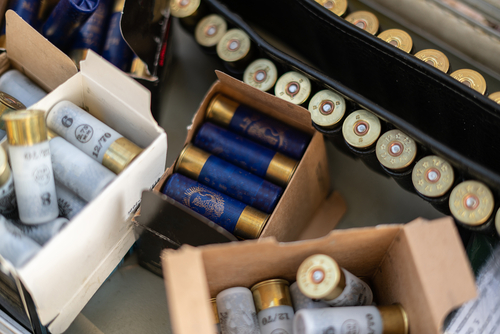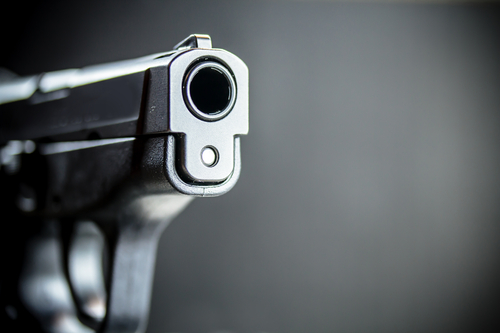
In the wake of the Port Arthur massacre on April 28, 1996, when a gunman killed 35 people in a small Tasmanian town, Australia embarked on one of the most significant overhauls of gun legislation in its history.

The National Firearms Agreement (NFA), enacted between October 1996 and September 1997, implemented a mandatory gun buyback program that confiscated approximately 650,000 firearms.

Proponents argue that this decisive action has likely saved lives by reducing homicides and suicides, while critics and some studies question the program’s effectiveness and impact.

The NFA was a sweeping reform, spearheaded by Prime Minister John Howard. It established a stringent firearm ownership and registration framework. One of the key provisions of the NFA was a complete ban on specific types of firearms, including automatic and semi-automatic rifles and shotguns, coupled with the buyback program funded by a national levy.

The buyback program garnered widespread participation from Australian gun owners, arguably due to the fear of penalties and the provision of fair compensation.

The Harvard research review by Hemenway and Vriniotis (2011) claims that “The NFA seems to have been incredibly successful in terms of lives saved.” This claim is based on the observed decline in both suicide and homicide rates following the enactment of the NFA. The average firearm suicide rate dropped by 57 percent, while the average firearm homicide rate decreased by about 42 percent in the seven years post-NFA compared to the prior seven years. Notably, 1996 and 1997 witnessed the largest percentage declines in the homicide rate in any two-year period in Australia between 1915 and 2004. Moreover, a RAND Corporation meta-analysis in 2021 aligns with the assertion that the NFA caused reductions in firearm suicides, mass shootings, and female homicide victimization.

Conversely, a working paper by Wang-Sheng Lee and Sandy Suardi presents a contrasting perspective, finding “little evidence to suggest that [the NFA] had any significant effects on firearm homicides and suicides.” This discrepancy in findings has fueled an ongoing debate about the real impact of the NFA and its long-term effects.

Australia’s gun buyback may well have saved lives, likely by reducing homicides and almost certainly by reducing suicides.In summary, the evidence suggests that Australia’s NFA and the subsequent gun buyback program may have contributed to the reduction in firearm-related suicides and mass shootings, as well as female homicide victimization. However, the debate continues over the extent of its impact on overall gun deaths.
related images you might be interested.










